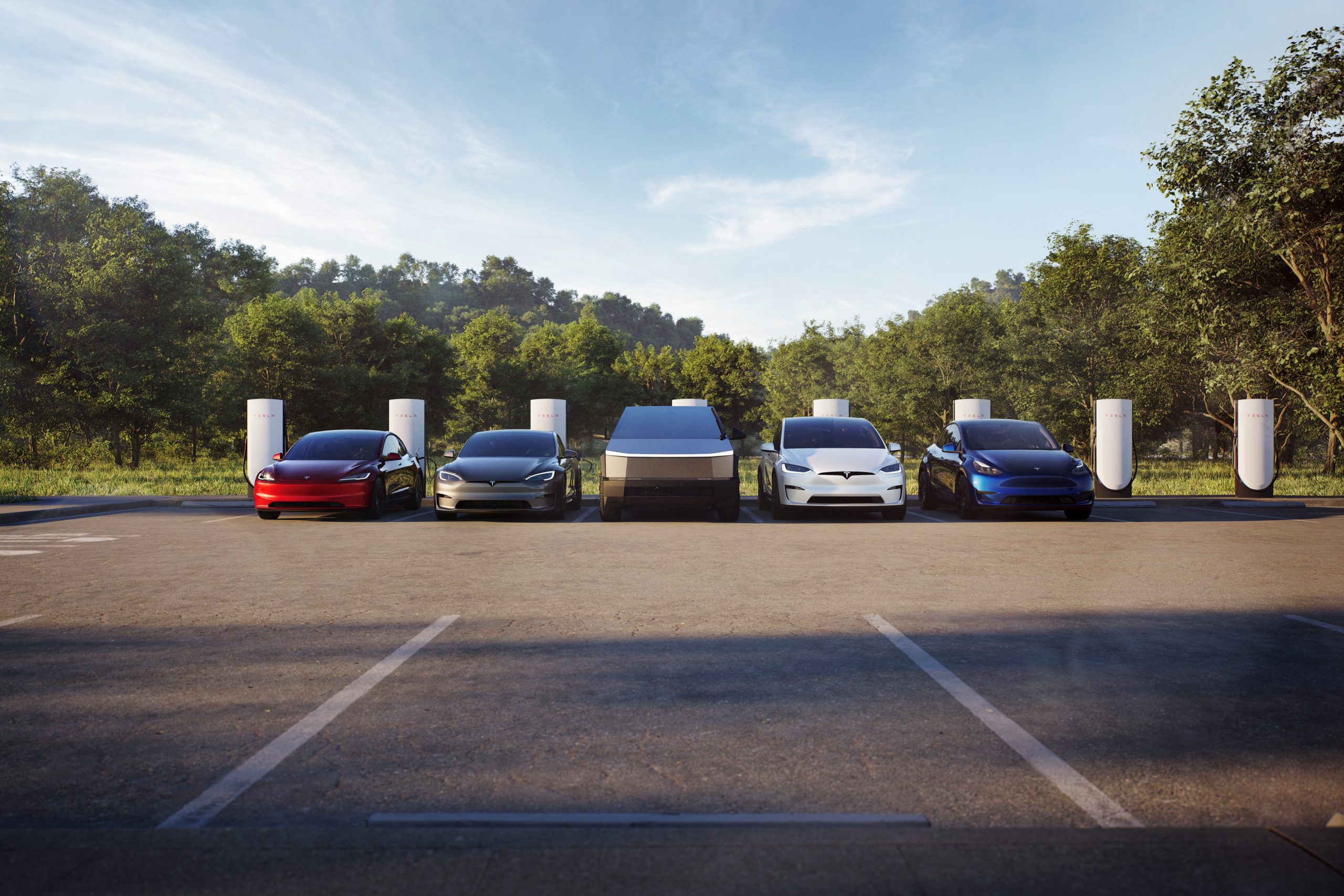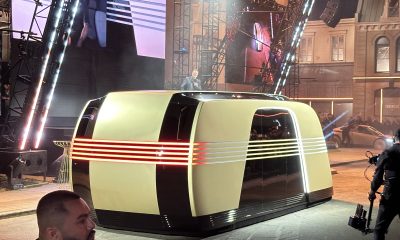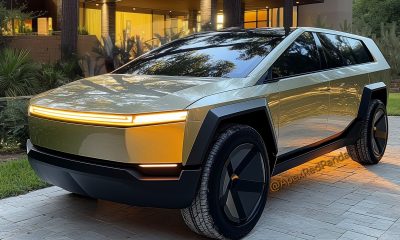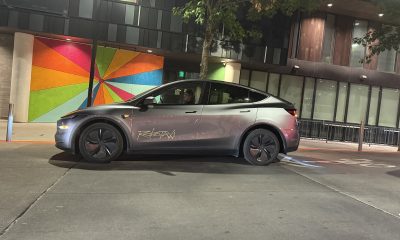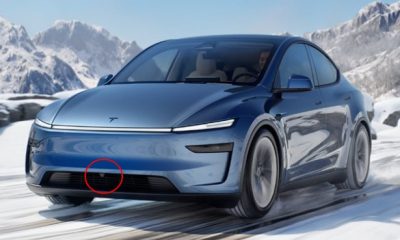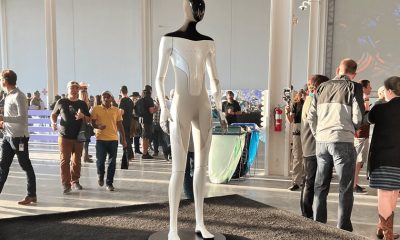Tesla dominated J.D. Power’s 2024 Electric Vehicle Experience Public Charging Study, and it’s not particularly close.
With the most robust buildout of Supercharger stations in the world that are also backed up by world-class reliability and uptime, the Tesla Supercharger Network has been sought after by nearly every EV owner.
Its reliability is a big reason why so many automakers chose to adopt the automaker’s North American Charging Standard (NACS) for their vehicles.
This allowed many EV makers to gain access to the Supercharger Network.
Tesla’s Supercharging Network once again flexed its muscles on the rest of its competitors by outpacing and outperforming names like ChargePoint, EVgo, and Electrify America.
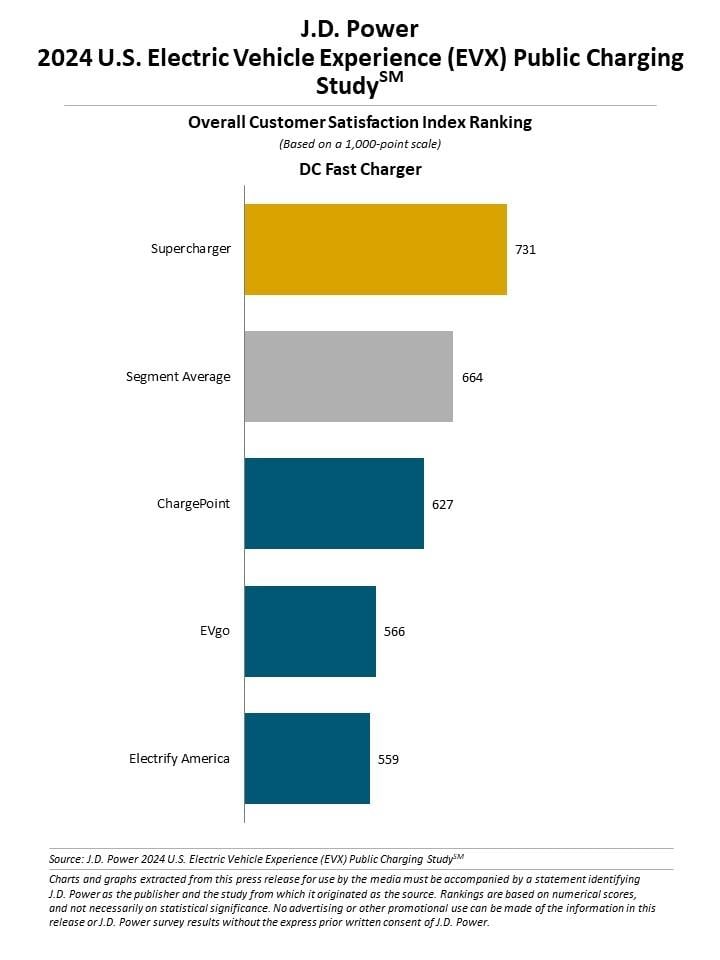
It is clear consumers want what is reliable, fast, and offers as few troubles as possible. Regardless of what manufacturer built their car, it seems the consensus is that the consumer wants to charge at a Tesla Supercharger because of the convenience and reliability it offers.
Brent Gruber, Executive Director of the Electric Vehicle Experience at J.D. Power, explained the study’s findings:
“Overall, both Tesla and non-Tesla owners find charging their vehicles at Tesla Supercharger facilities is most satisfying. “Non-Tesla owners – like those with EVs from Ford or Rivian who now have access to the Supercharger network – appreciate the ability to charge at the broad network of Tesla chargers that was previously unavailable to them. Despite the recent influx of non-Tesla vehicles into the Supercharger facilities – which has caused some grumbling – Tesla owners still appreciate the ease of charging and ease of payment that the network offers. However, since the beginning of the year, J.D. Power has seen a decline in satisfaction with the availability of Superchargers among Tesla owners.”
Perhaps Tesla’s biggest advantage as a company is not its tech but its charging infrastructure, which is head and shoulders above any competitor.
Tesla reported during its Q2 Earnings Call that it had 6,473 Superchargers globally, a 23 percent increase year over year.
I’d love to hear from you! If you have any comments, concerns, or questions, please email me at joey@teslarati.com. You can also reach me on Twitter @KlenderJoey, or if you have news tips, you can email us at tips@teslarati.com.
Elon Musk
Tesla says it is working on rides for the handicapped and disabled with Robotaxi
Tesla CEO Elon Musk confirmed that this was a focus by responding, “Absolutely,” to the embedded post on X above. Tesla said it is developing its own “wheelchair-accessible vehicle,” also known as a WAV.
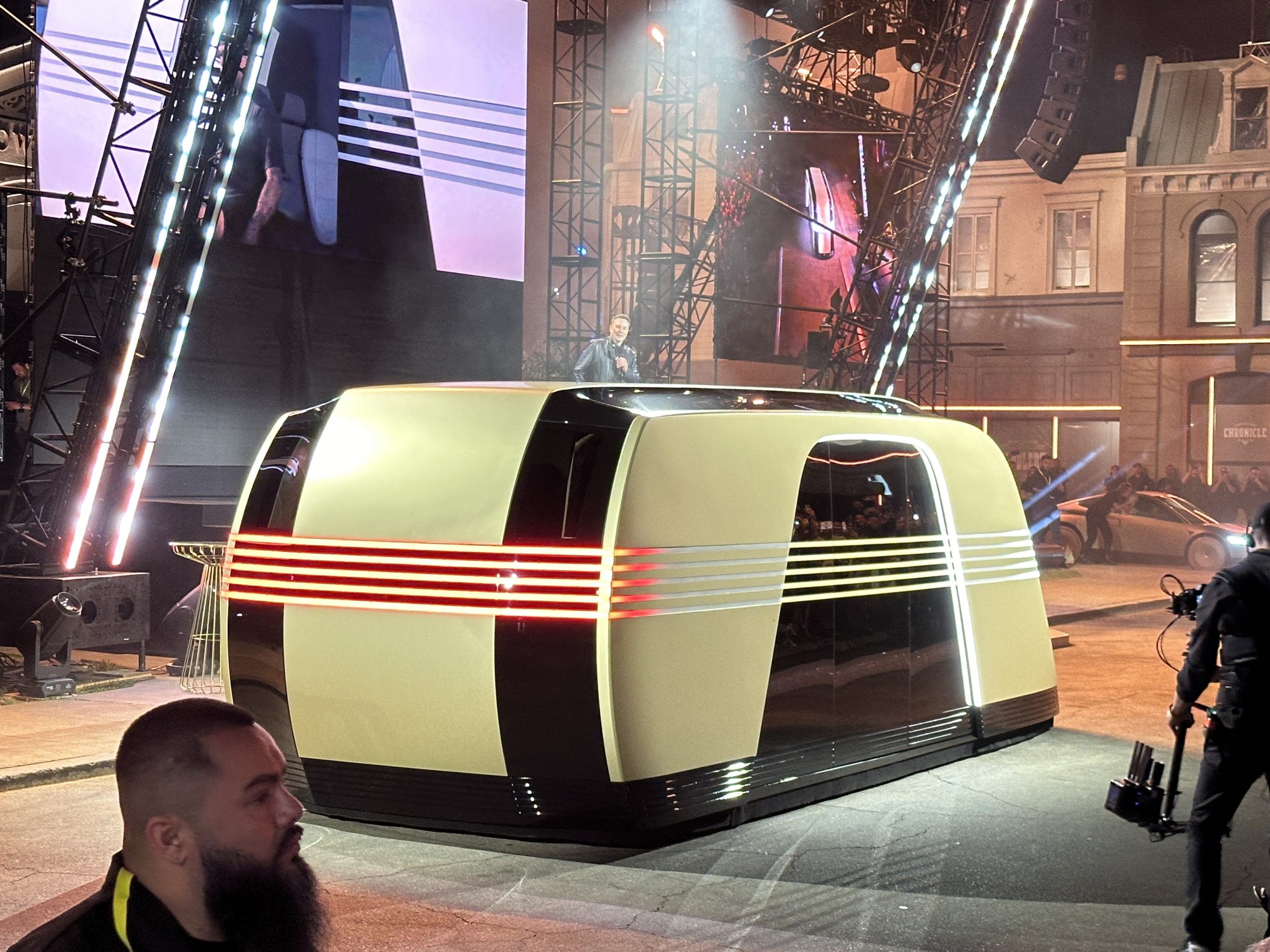
Tesla says on its Robotaxi app that it is working on enabling “accessibility rides” that would give the handicapped and disabled the ability to hail a Robotaxi to get to an appointment.
While Robotaxi will obviously revolutionize the way we travel for our work commutes, daily activities, and other things, but there is true potential to enable serious change for those who cannot drive.
Autonomous transportation would make life easier for those who are unable to obtain a driver’s license. Of course, with today’s ride-sharing platforms, things are much easier than they once were.
However, rides from Uber and Lyft, while plentiful, always have an opportunity to be unavailable in some regions, especially rural ones, due to a lack of drivers.
Robotaxi aims to solve this problem through autonomous transportation, a technology that Tesla has been developing for years.
However, new language in the Robotaxi app shows that Tesla is working on a solution for people who need rides for medical reasons, and it uses a picture of the Robovan to hammer this point home:
NEWS: Tesla Working on Accessibility Rides as Part of Robotaxi Expansion.
Tesla’s Robotaxi service in Austin is signaling a major step toward inclusivity with a new accessibility section in the mobile app. While the app directs users to two alternative services, CapMetro Access… pic.twitter.com/rOblFUA40F
— Sawyer Merritt (@SawyerMerritt) September 19, 2025
Tesla CEO Elon Musk confirmed that this was a focus by responding, “Absolutely,” to the embedded post on X above. Tesla said it is developing its own “wheelchair-accessible vehicle,” also known as a WAV.
This is likely the Robovan, which was unveiled on October 10 at the Robotaxi event last year:
It is pretty interesting to see two Musk ventures working on solutions for those who are physically impaired or have other disabilities. With Tesla, Robotaxi will unlock immense potential for those who are unable to drive themselves, addressing a genuine need in today’s world.
Additionally, Neuralink is continuing its development of technology to fight against various physical and mental disabilities. A great question to ask is, “Which will be more beneficial for humans?”
Cybertruck
Tesla gives big hint that it will build Cyber SUV, smaller Cybertruck
“Those are definitely things we’ve considered. Wait & see is probably the best way I can answer that. We’re working on so many innovative & fun things.”
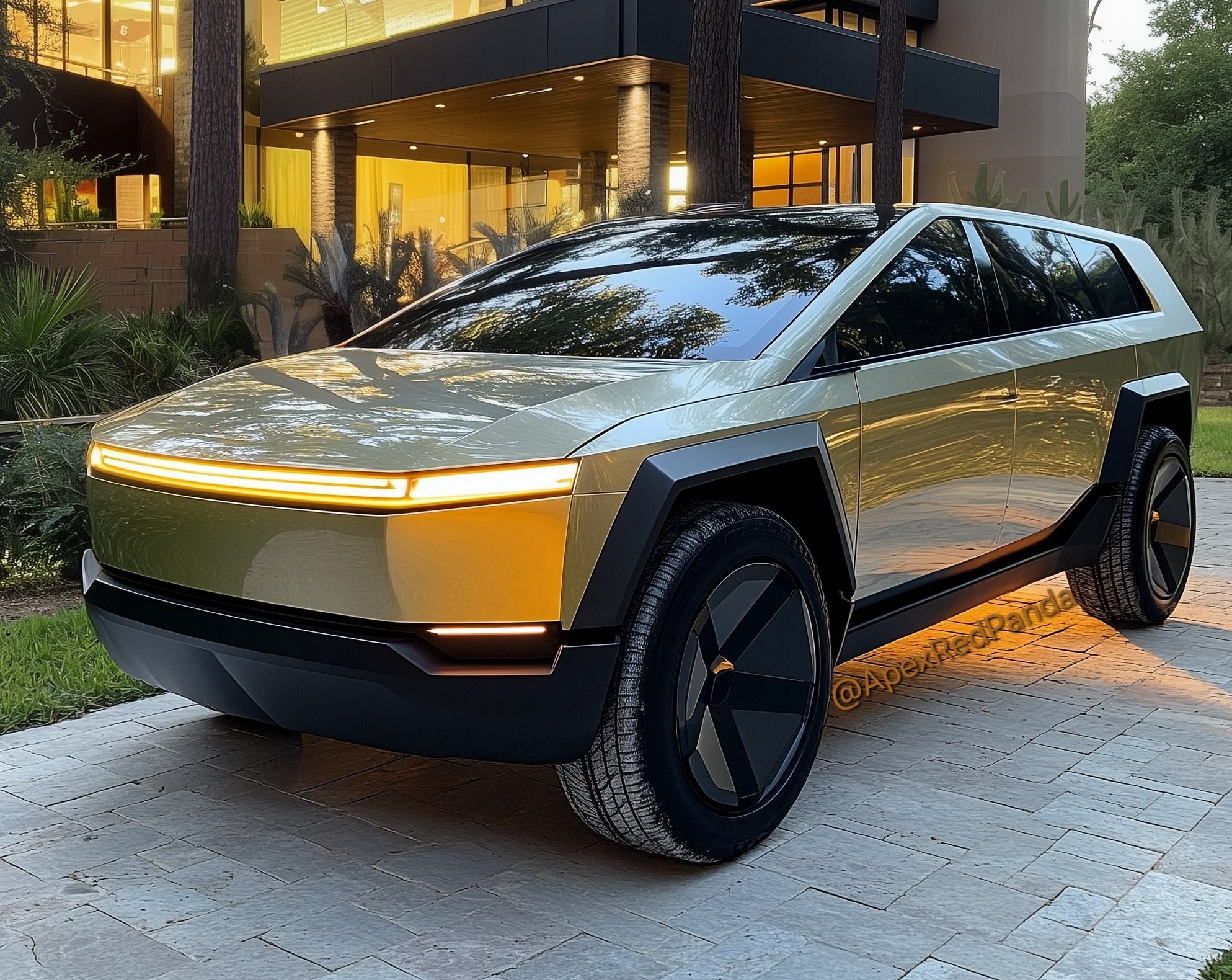
Tesla appears to have given a significant hint that it plans to build two highly anticipated and requested vehicles: the Cyber SUV and a smaller Cybertruck. This potentially indicates that two new cars could be added to the lineup soon.
For some time, Tesla fans have been requesting two things: a true SUV and a more compact Cybertruck. The SUV has been on the minds of fans and owners for some time, as Tesla does not currently build a full-size SUV that competes with vehicles like the Chevrolet Tahoe or Ford Expedition.
Tesla’s longer Model Y did not scale back requests for this vehicle type from fans
Meanwhile, the compact and smaller Cybertruck has been teased for years, especially since the all-electric pickup seems to be a viable option for international markets; however, its size does not seem ideal for the tight roadways in other regions.
Lately, there have been more hints than ever that Tesla is finally considering these two vehicles. It’s all but confirmed, but Tesla has always left breadcrumbs for fans to find and speculate over.
In an interview with Bloomberg, Tesla Chief Designer Franz von Holzhausen said that the company has considered these two vehicles for its lineup, but he would not give a definitive “yes” or “no” regarding their development:
“Those are definitely things we’ve considered. Wait & see is probably the best way I can answer that. We’re working on so many innovative & fun things.”
Recently, the speculation regarding the Cyber SUV has been well-fueled, as a recent promotional video Tesla released seemed to show a mock-up design hiding in plain sight:
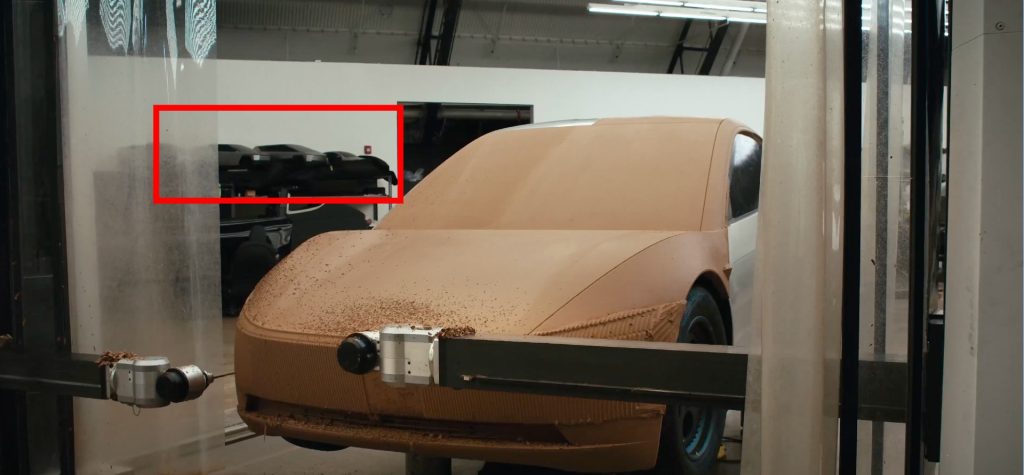
Credit: Tesla
Interestingly, Tesla said in a regulatory filing early this year that it would not adopt the Cybertruck’s stainless steel exoskeleton for new vehicles. However, it could still launch a design inspired by the Cybertruck, but using different materials.
Very, very interesting observation here.
Tesla said in its Q4 Shareholder Deck that it would not utilize the Stainless Steel Exoskeleton in future vehicles.
Fans have been calling for a full-size SUV in the Tesla lineup.
It would probably do very well. Cost has to be right. https://t.co/VryCVQxEC9 pic.twitter.com/APxeYmF6ew
— TESLARATI (@Teslarati) September 1, 2025
As far as the more compact Cybertruck design, this would enable fans in Europe and Asia to purchase the all-electric pickup.
There have been concerns from a regulatory perspective in some countries outside of North America, as the sheer size and sharp edges have caused some concern for other governments:
Tesla Cybertruck gets pushback in Europe, increasing need for ‘international’ version
However, back in 2019, just after the Cybertruck’s unveiling, CEO Elon Musk admitted that there was a place for a smaller version.
News
Tesla Robotaxi is headed to a new U.S. state following latest approval
“Only a trained employee, contractor, or other person authorized by the company can operate or monitor the vehicles.”
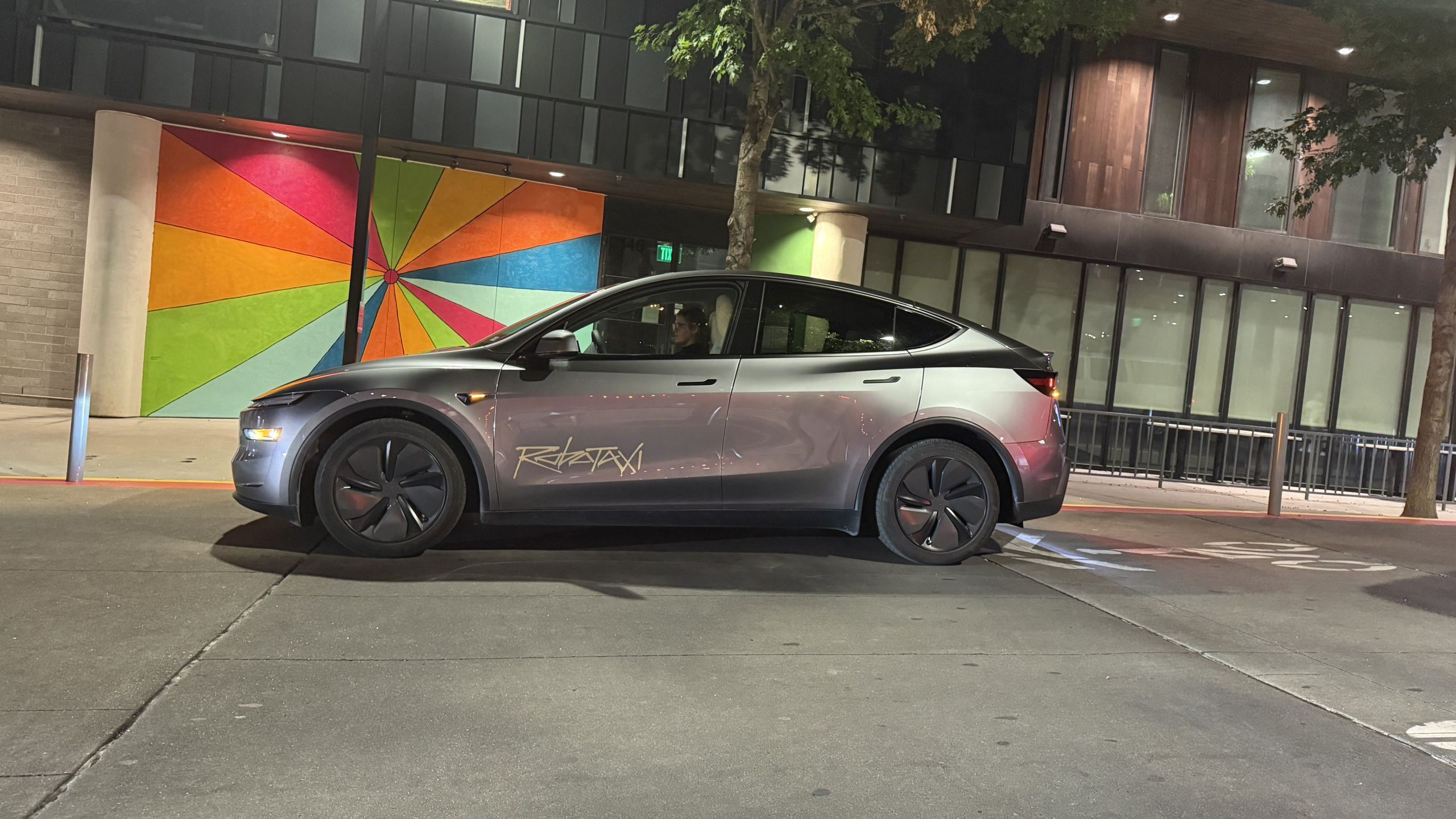
Tesla Robotaxi is headed to a new U.S. state following its latest approval, which was revealed on Friday night.
Tesla has been operating its Robotaxi platform in Texas and California, with Austin being the first city where the company could test a ride-hailing platform without anyone in the driver’s seat.
First launching in Austin in late June, Tesla’s focus has been expanding its service area, its fleet of Robotaxi vehicles, and its rider population, which has grown most recently due to its public launch.
However, Tesla is also filing applications in states where these autonomous driving programs can operate, aiming to expand to all 50 states eventually. CEO Elon Musk said earlier this year that the company should be able to offer Robotaxi rides to roughly half of the U.S. population.
Alongside Texas and California, Tesla recently gained permission to test its Robotaxi in Nevada, marking the third state where it had some form of regulatory permission to perform rides using an unreleased version of the Full Self-Driving suite.
Tesla adjusts one key detail of Robotaxi operations in Austin
Now, Tesla has gained another approval in a new state, its fourth, marking a significant step in its expansion across the U.S.
In Arizona, Tesla gained regulatory approval to begin testing autonomous vehicles on public roads.
BREAKING: Tesla has officially received approval from the Arizona Department of Transportation to start testing autonomous vehicles on public roads.
Today, I confirmed directly with the Arizona DOT that @Tesla has met requirements to begin testing its autonomous vehicles in… pic.twitter.com/kjgFnKEcJF
— Sawyer Merritt (@SawyerMerritt) September 20, 2025
The vehicles in Austin and the Bay Area of California both use what Tesla has been referring to as “Safety Monitors” in the cars. During city operation in Texas, the Safety Monitor sits in the passenger’s seat. When the route takes the car on the highway, the Safety Monitor jumps into the driver’s seat.
Tesla explains why Robotaxis now have safety monitors in the driver’s seat
In California, the Safety Monitor is always in the driver’s seat.
In Arizona, Tesla will also utilize what a communication said was “Safety Drivers,” insinuating that the monitor would be in the driver’s seat. However, another line in the email states:
“Only a trained employee, contractor, or other person authorized by the company can operate or monitor the vehicles.”
It sounds as if there is the potential for the Safety Monitor to be in either seat, much like Tesla’s process in Austin. However, this is currently unconfirmed.
The new approval marks a drastic step forward for Tesla as it has received two new approvals in just two weeks. Regulatory hurdles seem to still be the biggest bottleneck for Tesla in terms of gaining permissions to operate in new states, but things seem to be moving along pretty well so far.
-
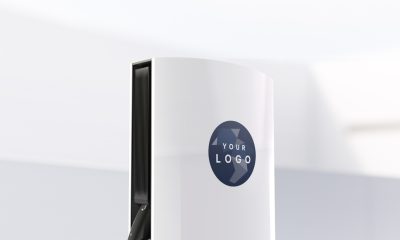
 News2 weeks ago
News2 weeks agoTesla launches new Supercharger program that business owners will love
-
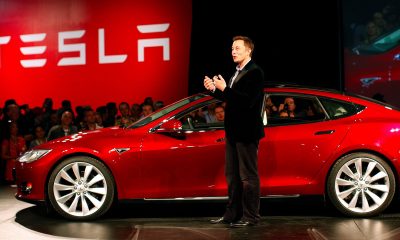
 Elon Musk2 weeks ago
Elon Musk2 weeks agoTesla Board takes firm stance on Elon Musk’s political involvement in pay package proxy
-
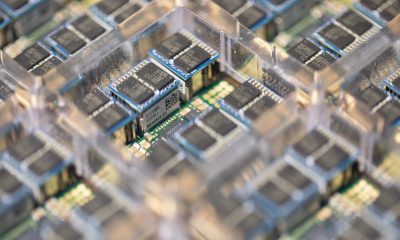
 Elon Musk2 weeks ago
Elon Musk2 weeks agoElon Musk is setting high expectations for Tesla AI5 and AI6 chips
-
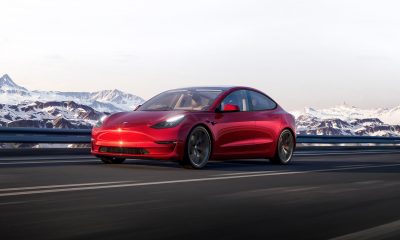
 News1 week ago
News1 week agoTesla is improving this critical feature in older vehicles
-
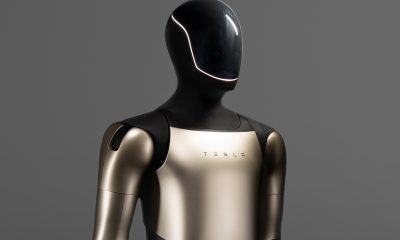
 Elon Musk2 weeks ago
Elon Musk2 weeks agoElon Musk confirms Tesla has never shown Optimus V3 design yet
-
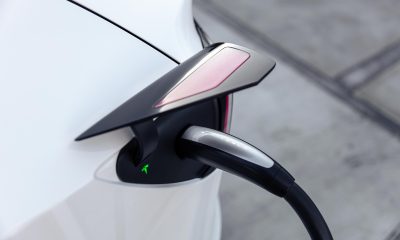
 News2 weeks ago
News2 weeks agoTesla launches MultiPass to simplify charging at non-Tesla stations
-
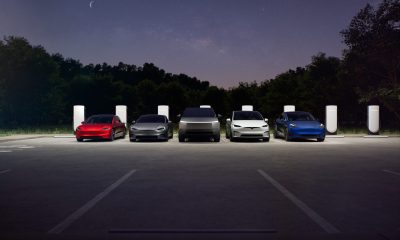
 News1 week ago
News1 week agoTesla is bailing out Canadian automakers once again: here’s how
-
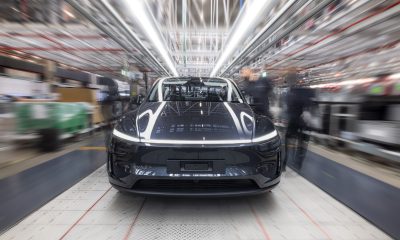
 Investor's Corner1 week ago
Investor's Corner1 week agoTesla bear turns bullish for two reasons as stock continues boost

